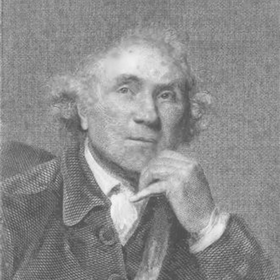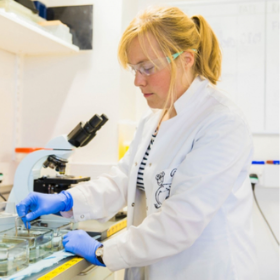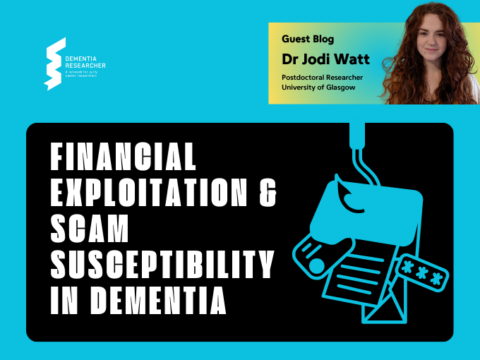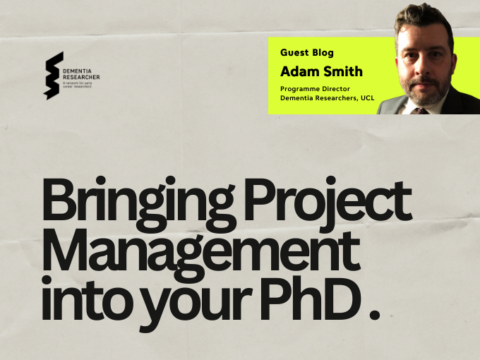It’s just occurred to me I’ve stopped giving you fun subtitles. The dragon overlord of these blogs said they weren’t giving people an idea of what the post was going to be about so sorry, but it’s clearly not my fault. Minor gripe aside, the title of this one is not actually that helpful anyway unless you know what angiogenesis is. So today we’re going to talk about it. A bit of history and a bit of how angiogenesis after brain injury and in old age may contribute to brain health.
I started by looking at the history of angiogenesis and then decided that was wrong because before I tell you how it was coined and when people started looking at it, I need to tell you what it is. Angiogenesis is the growth and development of new blood vessels. Broadly it comes in two types: sprouting and intussusceptive. Sprouting angiogenesis does what it says on the tin; new vessels sprout from the outside of old ones. Intussusceptive angiogenesis (which we’ll refer to from now on as splitting angiogenesis because it’s easier for me to say) is where the sprouts form within the lumen of the vessel – causing it to split in two.
We’ll go into the details in a bit but first, the history lesson.
Now…this turned out to be surprisingly fascinating. The majority of works on angiogenesis attribute the term to someone called John Hunter, a doctor from the late 1700s who was interested in wound healing and cancer and reindeer and gunshot wounds and all sort of other wide-ranging and unconnected topics. The sorts of things you could get away with in 1700. As an aside he also stole the corpse of a chap known as the Irish Giant – look it up, it’s interesting. But…in a spectacular paper entitled “Looking for the Word “Angiogenesis” in the History of Health Sciences” Natale and colleagues say that in all his works at the end of the 1700s Hunter never once uses the word angiogenesis. He skirts around and semi-describes the process, but never specifically uses that word.
Their conclusion was that the first use in the literature was by someone called Flint, in a paper called “The blood supply, angiogenesis, organogenesis, reticulum and histology of the adrenal”. He dedicates a whole paragraph to angiogenesis and refers to many previous authors, including Hunter. And from then on it became a case of miss-citing on a grand scale. Hunter does talk about angiogenesis, but he did not coin the term. Specifically, in his work on gunshot wounds and inflammation, he says “…we find that all growing parts are much more vascular than those that are come to their full growth; because growth is an operation beyond the simple support of the part: this is the reason why young animals are more vascular, than those that are full grown. This is not peculiar to the natural operation of growth, but applies also to disease, and restoration”.
And this is the important part. Angiogenesis is a key facet of growth but also a key process in many diseases and in the restoration of normal function after disease.
We’ll focus mainly on sprouting angiogenesis, as this is the one that Hunter was talking about over 200 years ago. This process usually happens in response to a hypoxic environment. When cells experience low levels of oxygen they begin to secrete VEGF, or vascular endothelial growth factor. This is a stimulus for endothelial cells to begin the cascade of events that results in the formation of a new vessel sprout.

John Hunter was the first person to coin the term antiogenesis, he tied the artery of one deers antler expecting it to fall off when deprived of blood supply, but in a week or two it warmed up – leading to his discovery of new vessel growth.
First up is degradation of the basement membrane. This is a special type of extracellular matrix found around the outside of blood vessels which sculpts tissue into a specific shape. In the case of blood vessels…tube shaped. Once this is degraded the connections between the endothelial cells are weakened. This makes the endothelial cells freer to move around but also makes the blood vessels leakier, more on that later. These loose endothelial cells migrate into the surrounding connective tissue, usually led by something called a tip cell – an endothelial cell with sort of feelers called filopodia. They drag along behind them endothelial cells called stalk cells, which proliferate as they go. Once a core of these cells has gotten together in the new bit of tissue a lumen forms through various long and complex biochemical pathways you don’t need to know about. Then once it’s there the new vessel is stabilised by the production of new basement membrane and by recruiting pericytes to hold it in place.
With the exception of tumors, adult angiogenesis in the brain is practically non-existent. One of the things which promotes angiogenesis is hypoxia. Low levels of tissue oxygenation, like you might experience after a stroke, promote the expression of a bunch of transcription factors called HIFs and these have been described as the master switches for hypoxia-driven angiogenesis via all the pathways we described above, induction of VEGF, etc. And here is where we hit a problem. Whilst it is broadly beneficial to bring in more blood to the brain after a stroke there are also obvious and rapid downsides to instigating this process. VEGF, as well as promoting vessel growth, also causes the blood brain barrier to become leaky. This increases the possibility of infiltrating immune cells, increases oedema formation, and increases the risk of haemorrhage post-stroke. So timing is likely to be of the essence if we’re to actually promote beneficial angiogenesis to prevent long-term vascular problems post-stroke.
But what about angiogenesis during aging?
Well given that we’re going from a baseline angiogenesis level of practically zero, a decline in old age seems unlikely but the reason is likely to be simply because the vessels themselves are unhappy and old. There are fewer vessels in the aged brain than in the younger brain and therefore fewer opportunities for sprouting and growth. Endothelial cells are likely to be more senescent than in younger brains and the pericytes required to stabilize the new vessels are absent or equally senescent. And generally, vessels in older people, with or without dementia, seem to be stiffer and just a little more distressed leading to (counterintuitively) slightly elevated levels of VEGF in older people.
Data in cultured micro vessels has shown that if these vessel fragments are taken from young animals they will spontaneously sprout, but this behaviour is absent in vessels taken from old animals. Sprouting can be induced in the older vessel fragments with the addition of growth factors like angiopoietin or VEGF-A. But again, as we did with the post-stroke brain, we run into the possibility that we make the brain leakier if we use this approach therapeutically.
So perhaps the issue is more complicated than simply old stiff vessels. The small increases in VEGF as we age suggest the cells are capable of responding to change but perhaps, as some authors suggest, there is a VEGF signalling insufficiency. There seem to be some soluble receptors which are capable of acting as a sink for growth factors, potentially reducing their availability for cell-based receptors and some of these appear to increase with aging.
And the issue with all of this is that the brain vasculature may be different in terms of function, but it’s fundamentally still vasculature and any therapy we apply or any processes we think about studying in the aging population are likely to affect blood vessels all over the body. So increasing angiogenesis in the brain may inadvertently allow more perfusion to that tiny tumour you didn’t know was there. It’s important, when thinking about processes like angiogenesis, to continue to think both inside and outside of the brain, and in the young and the old alike.

Dr Yvonne Couch
Author
Dr Yvonne Couch is an Alzheimer’s Research UK Fellow at the University of Oxford. Yvonne studies the role of extracellular vesicles and their role in changing the function of the vasculature after stroke, aiming to discover why the prevalence of dementia after stroke is three times higher than the average. It is her passion for problem solving and love of science that drives her, in advancing our knowledge of disease. Yvonne has joined the team of staff bloggers at Dementia Researcher, and will be writing about her work and life as she takes a new road into independent research.

 Print This Post
Print This Post




